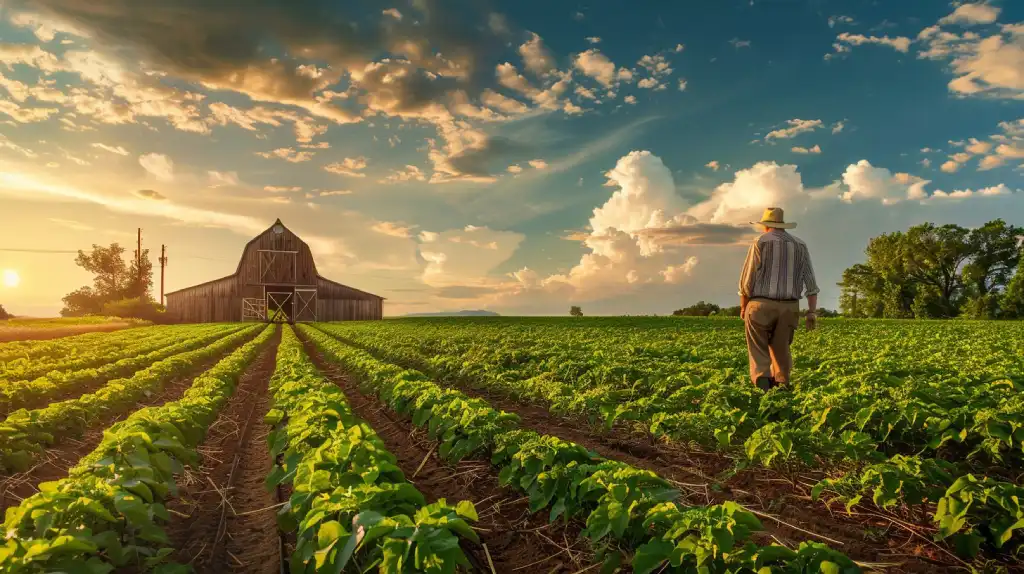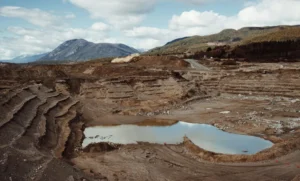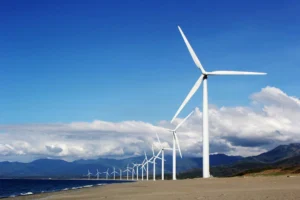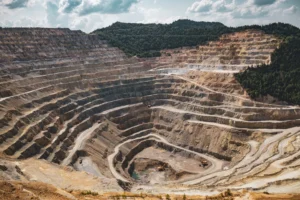Conservation tillage is a main practice in promoting agricultural sustainability. It is widely used in various parts of the world, covering approximately 125 million hectares globally.
It can reduce soil erosion by up to 80% and improve water preservation, which is crucial for sustainable farming.
This practice also helps in reducing greenhouse gas emissions by decreasing the need for machinery use and artificial fertilizers.
Linking Tillage to Sustainability
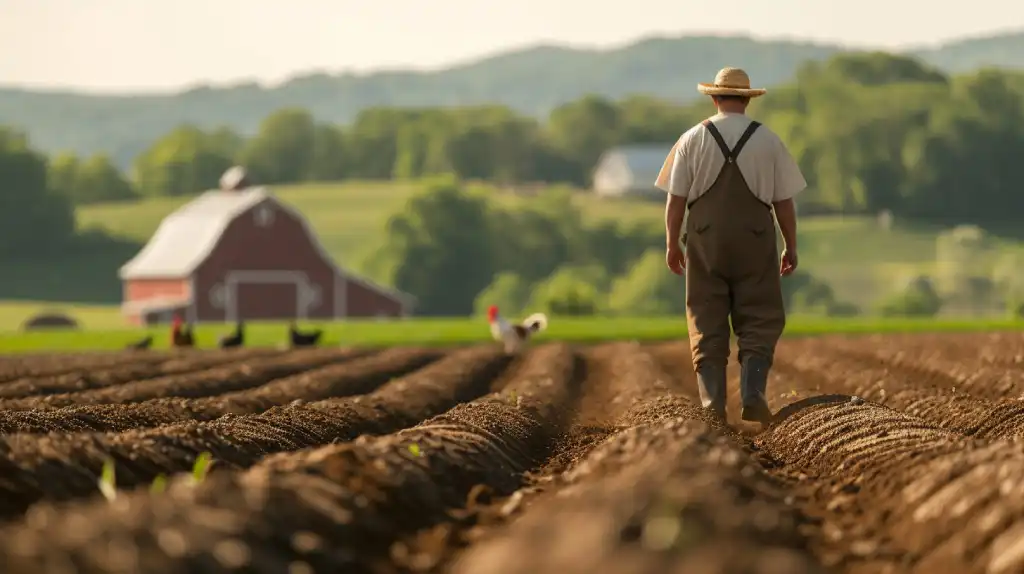
Soil erosion can lead to the loss of fertile topsoil, which is critical for crop production. By preventing this loss, conservation tillage helps support soil productivity over the long term.
Also, the practice reduces the need for common field operations, such as plowing and harrowing, which saves fuel and reduces carbon emissions. This angle of conservation tillage is particularly important in resolving climate change, as agriculture is a important source of greenhouse gas emissions. By reducing these emissions, conservation tillage supports global efforts to lessen climate change and promote environmental sustainability.
Soil Health and Sustainability
Conservation tillage has a deep impact on soil health, which is a base of sustainable agriculture. Healthy soils are necessary for growing nutritious crops, managing water resources, and maintaining precious biodiversity.
It helps boost soil health by increasing organic matter content, which improves soil structure and water-holding capacity. This practice also promotes the activity of soil microorganisms, which are very important for nutrient cycling and soil fertility.
By promoting a diverse soil ecosystem, conservation tillage contributes to the resilience of agricultural systems, making them more capable of resisting pests, diseases, and extreme weather events. This toughness is essential for sustaining agricultural productivity and securing food security in the face of global challenges.
Resource Efficiency and Environmental Impact
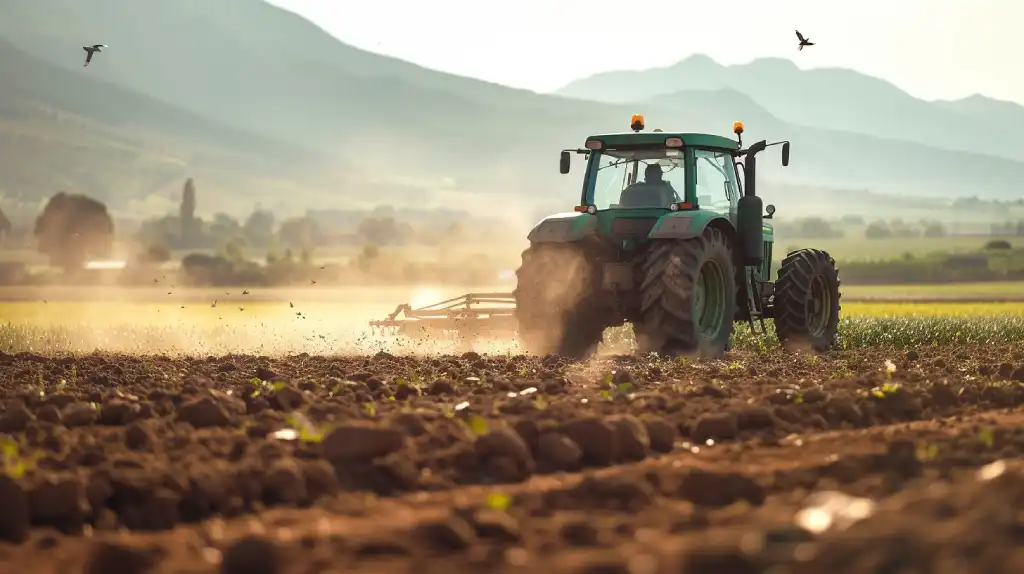
One of the primary benefits of conservation tillage is its share to resource efficiency. This practice reduces the need for water, fertilizers, and pesticides by improving soil structure and nutrient availability.
By maintaining crop residues on the soil surface, conservation tillage reduces evaporation, which helps conserve water, especially in dry and semi-dry regions. The reduction in chemical inputs not only lowers costs for farmers but also reduces the risk of water pollution from drainage.
It supports biodiversity by providing habitat for beneficial insects and other wildlife, which play important roles in pest control and pollination.
By promoting a more balanced and diverse ecosystem, it enhances the overall sustainability of agricultural environment.
Practical Applications and Future Outlook
It is being increasingly adopted by farmers worldwide as a sustainable practice for sustainable agriculture. Its application varies depending on local conditions, such as soil type, climate, and crop systems.
Successful application of conservation tillage requires a good knowledge of these factors and careful planning to tackle potential challenges, such as weed management.
Looking to the future, it is expected to play a vital role in sustainable farming systems, particularly as the impacts of climate change become clearer.
Continued research and development in this area will be crucial for refining conservation tillage practices and promoting their adoption on a larger scale.
This will involve improving farmer education and access to technology, as well as developing policies that support sustainable agricultural practices.
